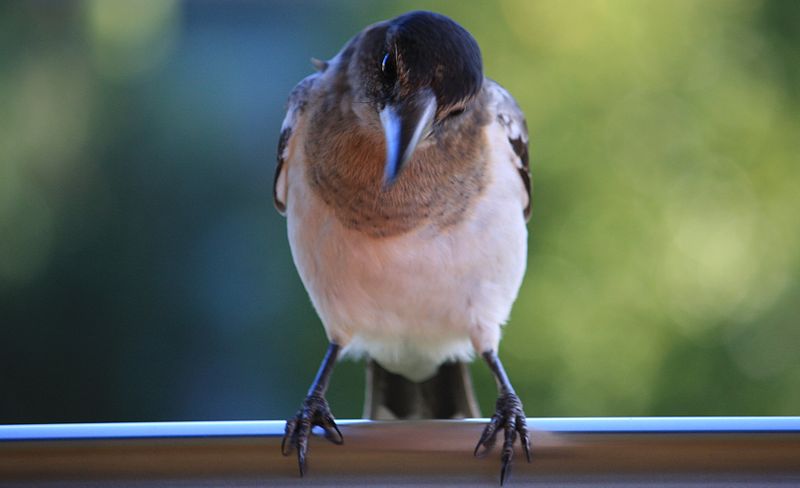Media release
From:
Syntactic modulation of rhythm in Australian pied butcherbird song
Birdsong is temporally complex, but investigations of birdsong often only examine singular features of this complexity in isolation. We analyzed Australian pied butcherbird songs, which are musically sonorous and incredibly complex, and found two features of temporal complexity (sequential syntax and rhythm) that have meaningful predictive relationships with each other. We propose that birdsong complexity may best be considered as an interactive and emergent property of the songbird communication system, and advocate for studying the relationships between song features beyond the features themselves.



 Australia; International; NSW
Australia; International; NSW



